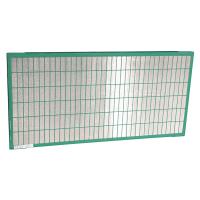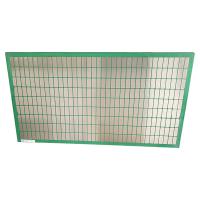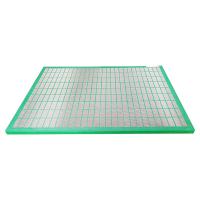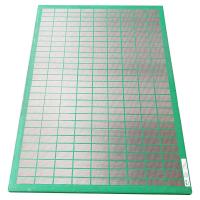GN Solids Control has spent years on decanter centrifuge research and development, and decanter centrifuges are quite popular in different industries to serve different roles, including the oil and gas drilling waste treatment, the barite recovery in a solids control system, for oily sludge treatment and also for beverage and food industry. And in a recent project, clients are using a small model of GN decanter centrifuges together with dewatering units. This project is for a European client.

1. Decanter centrifuges are usually having high speed or at least middle speed, this mentioned speed means the centrifuge rotating bowl’s speed. There is an impeller inside the decanter centrifuge, which has a lower speed than the rotating bowl. By the centrifugal force generated during operating, the liquid phase will be splashed to the sides and the solids phase will be pushed out to the discharge port of the bowl by the impeller. A high speed decanter centrifuge always have speed larger than 2800RPM and a middle speed centrifuge has a speed around 1800RPM. A high speed centrifuge can choose out particles from 2 to 5 microns, and a middle speed one is more suitable for 5 to 7 micron particles. Depending on different material to be treated, the user can choose different centrifuge models.
2. Dewatering unit: when the particles in the material are too small to be separated even by a high speed centrifuge, we have to invite in a dewatering unit to help with making the small particles into bigger ones. We always use polymers to flocculate the particles, and most polymers need time to mature. That’s why GN Dewatering units are designed with 3 cabinets, for mixing, maturing and well prepared chemical agent.
Based on clients’ different jobsites, GN professional engineers could give most suitable solutions.





